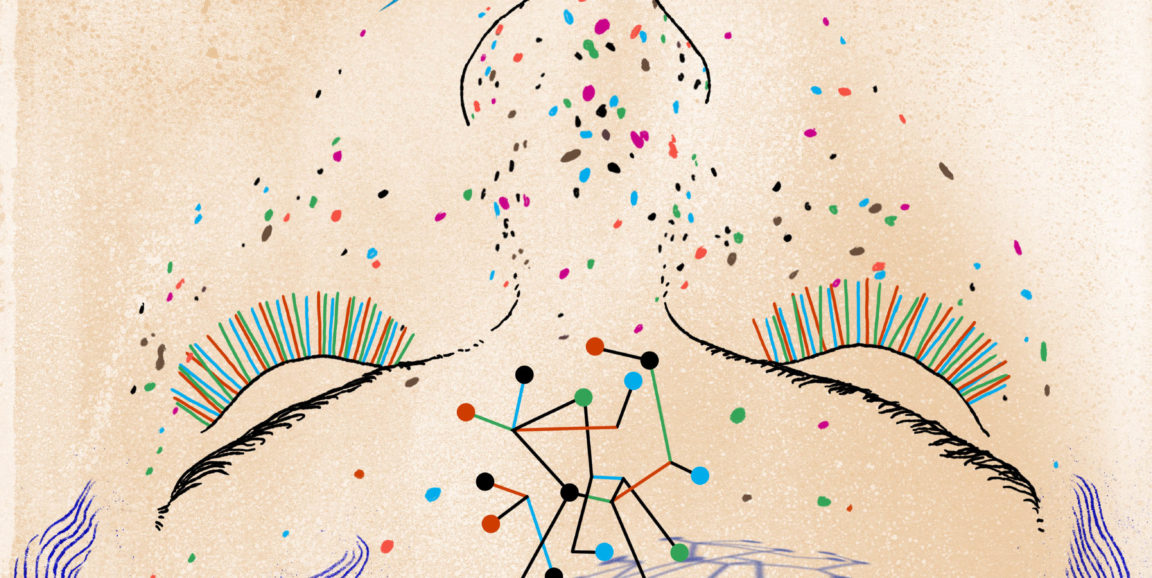Writing the lead story for Stanford Medicine magazine is a privilege and a responsibility. It's basically a giant fishhook to entice readers to gobble the rest of the issue (which, I will say, is particularly stellar). My effort, "Human biology at its most basic," introduces our latest themed issue: "Molecules of Life." So my job was to convince all of you that -- molecules are cool! Molecules are fun! Molecules are important!
To do so, I considered my bait carefully. A dash of Greek philosophy, a soupçon of chemistry and a pinch of history spiced up a story exploring what makes Stanford Medicine unique when it comes to the study of these tiny building blocks of life, and why it matters.
As senior associate dean for research, Ruth O'Hara, PhD, said in the article, "We are at an extremely important point in scientific history. Molecular medicine is a vast domain that spans from basic science research aimed at understanding the molecular basis of diseases, to identifying potential therapeutic targets, to preclinical and clinical trials of new drugs. Mining complex molecular data and overlaying them on clinical outcomes is critical for precision health and medicine, and Stanford Medicine excels at it. This is a special place."
Finding my favorite molecule
This issue is crammed with fantastic articles running the gamut of subjects from mucus to microscopy. Each explores the effects of molecules on human health and the ways we can study them ever more closely. As I write in the story: "These advances are further illuminating the secret lives of molecules -- peering behind the curtain, under the sheets and in the closets -- in ways that are expected to revolutionize how medicine is practiced."
One of my favorite stories, "My favorite molecule," asks a dozen Stanford researchers to pick -- you guessed it -- their favorite molecule and explain their choice. It's a great way to see how fondly scientists view the inanimate subjects of their studies, and a fascinating look into several amazing research projects.
Personally, I stumbled upon my new favorite molecule while doing the background research for my article. It's helium hydride -- the first molecule that formed after the Big Bang created our universe. The heat and the power of the explosion slammed together an atom of helium and an atom of hydrogen, and they've been locked in an embrace for some 14 billion years. Think of it. The very first molecule! Amazing. I hope you'll find something to love in this issue as well.
Illustration by Jeffrey Decoster






